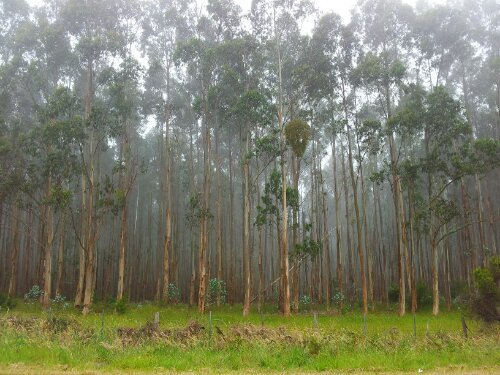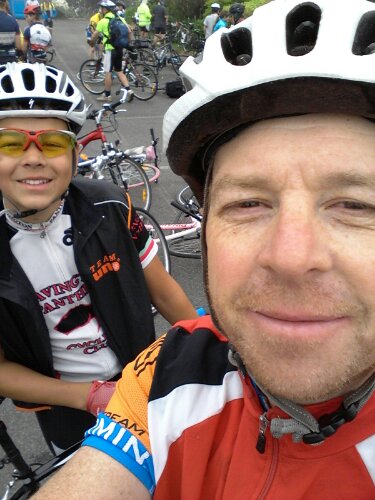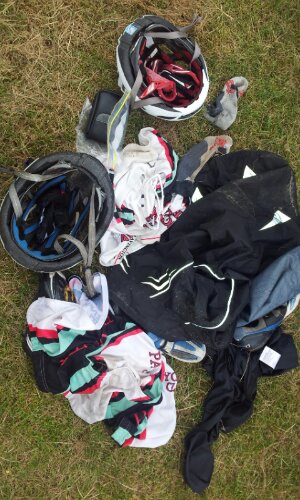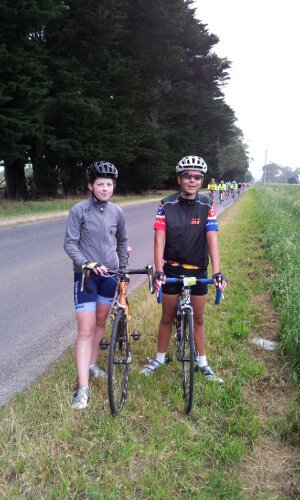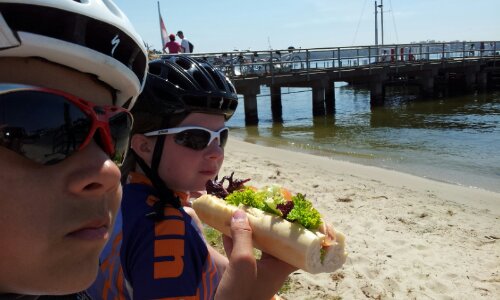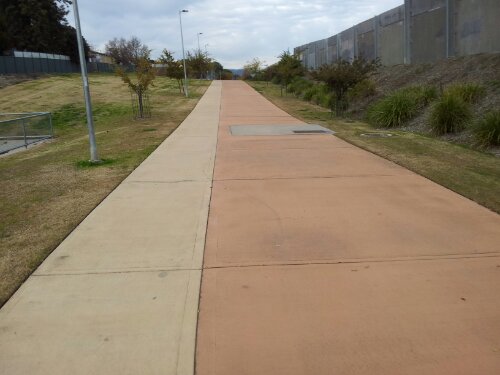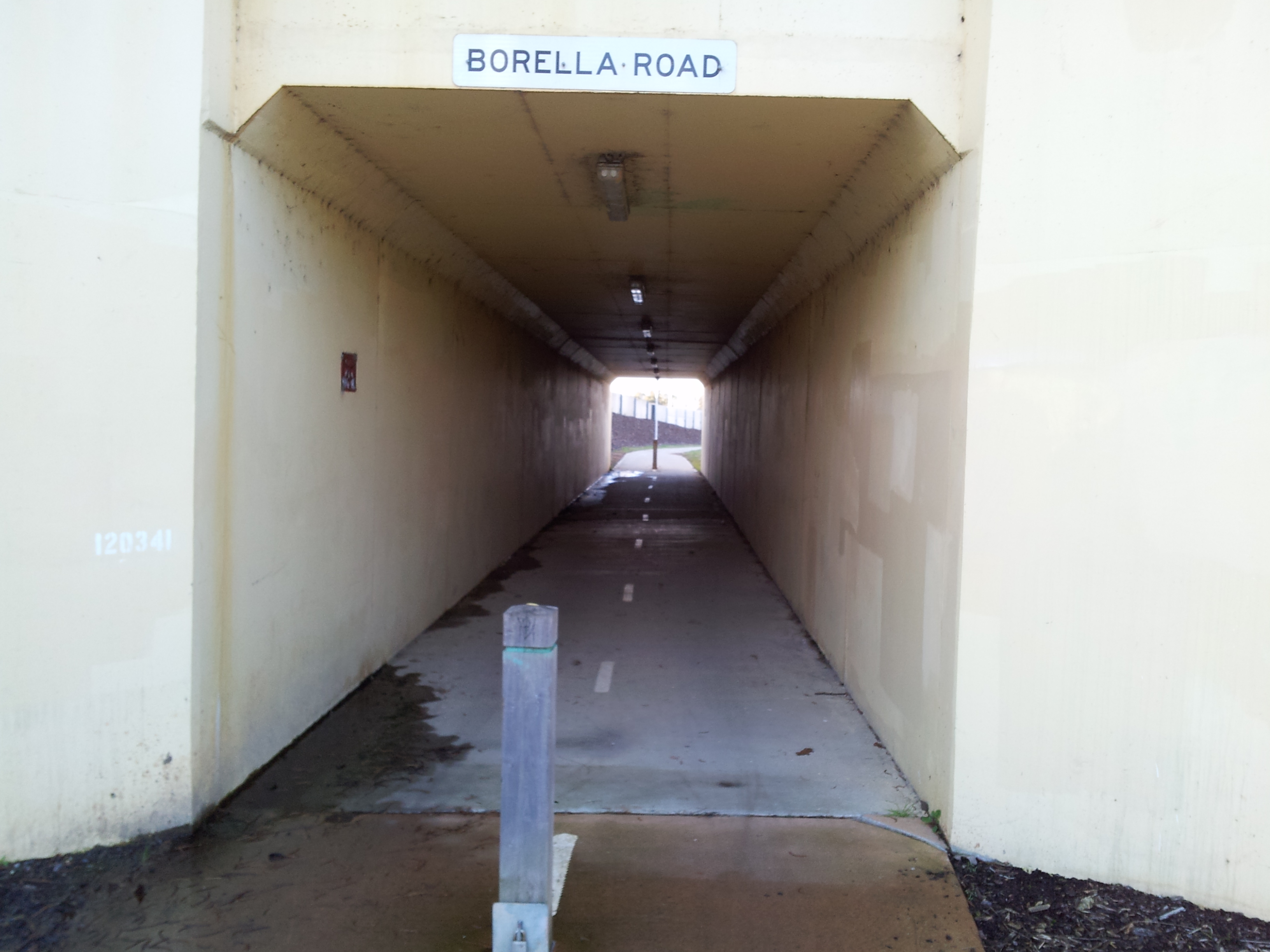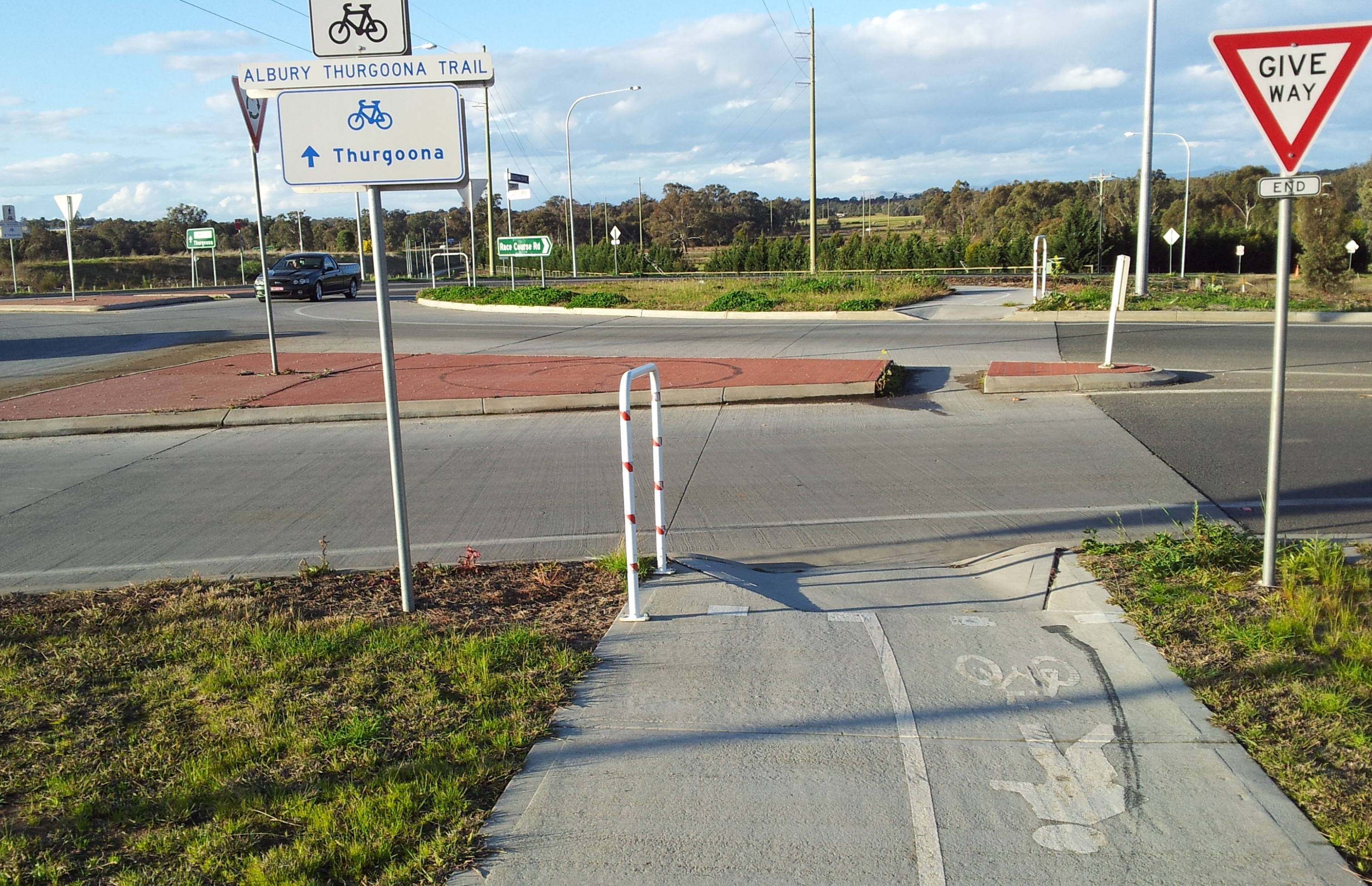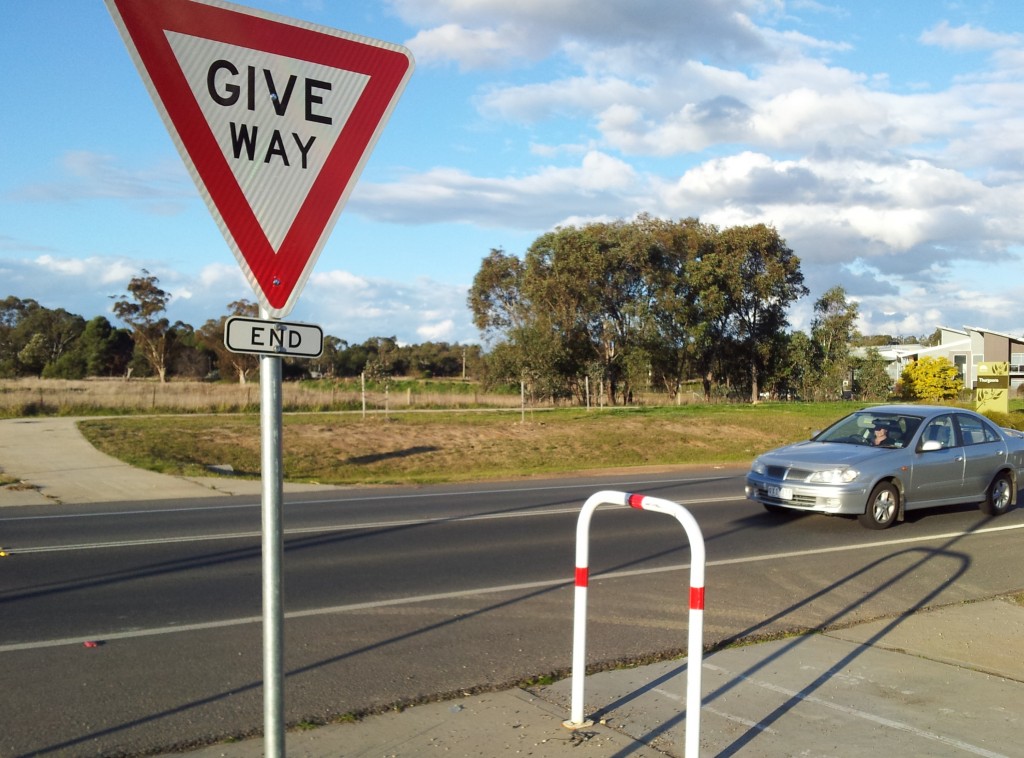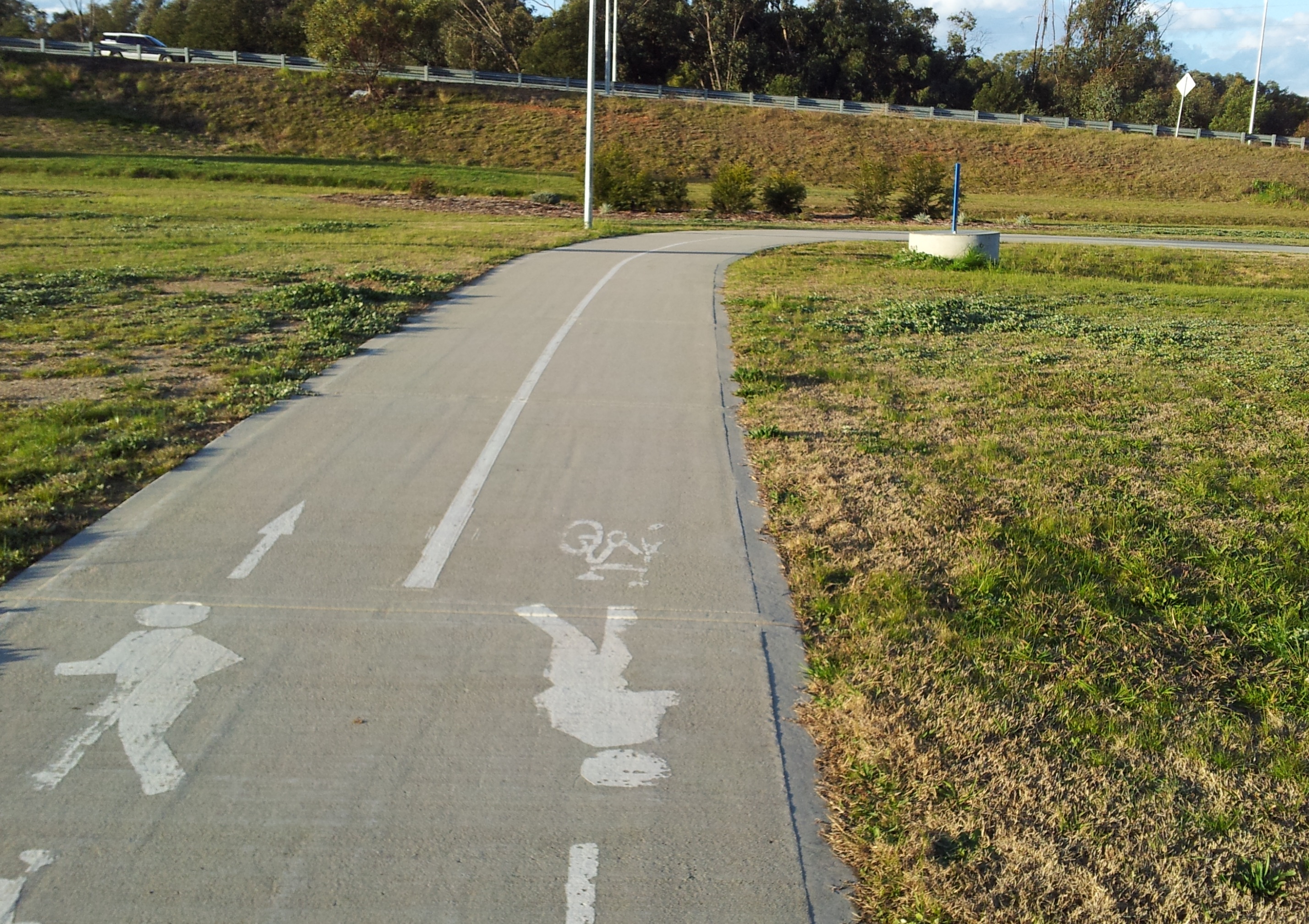Most of my quick reviews are of books. This is quite different: a review of my experience of the Specialized bike fit (and my goodness, what a cheesy photo is on that page – thankfully Evelyn Stevens is so skilled she won’t have to consider being a photo model). I had my bike fit done by the folk at Full Cycle, Albury (by Washo). It was about a year ago, so I’m not going to give extreme detail on the process. This post is me looking back at how it was done and what the effects have been.
Time
The big impression I have is that Washo took plenty of time over the whole process. There was time to get as much information as possible, and time to tweak as many variables as we wanted. Washo took notes about what riding I do, what riding aims I had, any relevant health history, etc. Then there was physical assessment, of me and my bike: my flexibility, my bike’s current set-up.
Core position
Once set-up begun, there was a huge amount of time spend on the region from saddle to pedal. This seems to be central to the whole fit, the core positioning that all else builds upon. It includes seat height and setback, saddle level, saddle type, foot and shoe position, pedalling dynamics, and probably a whole lot more. For me, there was not a lot of dramatic modification at this point, but lots of tweaking.
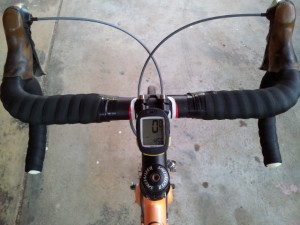 Front end
Front end
The most obvious changes for me were at the front of the bike. We changed the head stem, changing both length and angle. And I got narrower handlebars, opting for width of 42cm in place of 44cm.
Benefits
There were obvious handling benefits after my bike fit. The front end changes made the bike feel more stable. I was immediately more comfortable that the bike would go where I pointed it. A great example is Trout Farm hill. Strava says its average gradient is 8.4%. Going down there’s a curve right at speed. Before the fit, I would use the whole lane width in that curve, and still feel nervous if there was any hint of moisture on the ground. After the fit I just go with the radius of the road.
I’ve noticed that I can spend more time in the drops. This is especially useful during races where I want to follow along using the least amount of energy. I don’t need to sit up every 1-2km as I would have done previously.
There are benefits also for my feet. In the past I had a few times when, after getting off the bike, the muscles in the soles of my feet were agonising – the only relief was to walk on tip-toe. That hasn’t happened in the year since the bike fit, despite moving to shoes with significantly more stiffness. I sometimes feel muscle twinges in the outside of my right foot, but nothing so painful. And it does not persist off the bike.
Any negative?
One change for the worse is that I regularly get pins and needles in my fingers, sometimes becoming full numbness. It’s not limited to a single hand position when riding: it can happen on the drops, on the tops, or when out of the saddle. I wonder if my newer bars are firmer, or transmit more road buzz to my nerve points? (The change was from carbon to aluminium bars.)
What do I recommend?
The bike fit has been good for me, so I recommend it.
I recommend also that you start better prepared than I did. Especially know how you answer this question, ‘What sort of riding do you want to do?’ I’ve ridden for years, but had only raced for a couple of months before the fit. So I did not know what types of riding I was primarily aiming for (maybe I still don’t!). If you do have a clear answer, it will guide the rest of the fit.
Likewise, before you do any fit, record what you notice on the bike. I had a sense my bars were too wide, so remembered to check this out. I knew about some of my foot pains, so made a effort to pass on as much as I could explain. I deliberately tried to recall what I have liked and disliked about different saddles I have ridden. All this prior info will help the conversation between rider and your ‘Washo’ equivalent.
PS
For those who want to know: Orbea Lobular, 2005 model (second-hand for me); Ultegra 6600; Specialized bars, stem, saddle; Shimano pedals.
